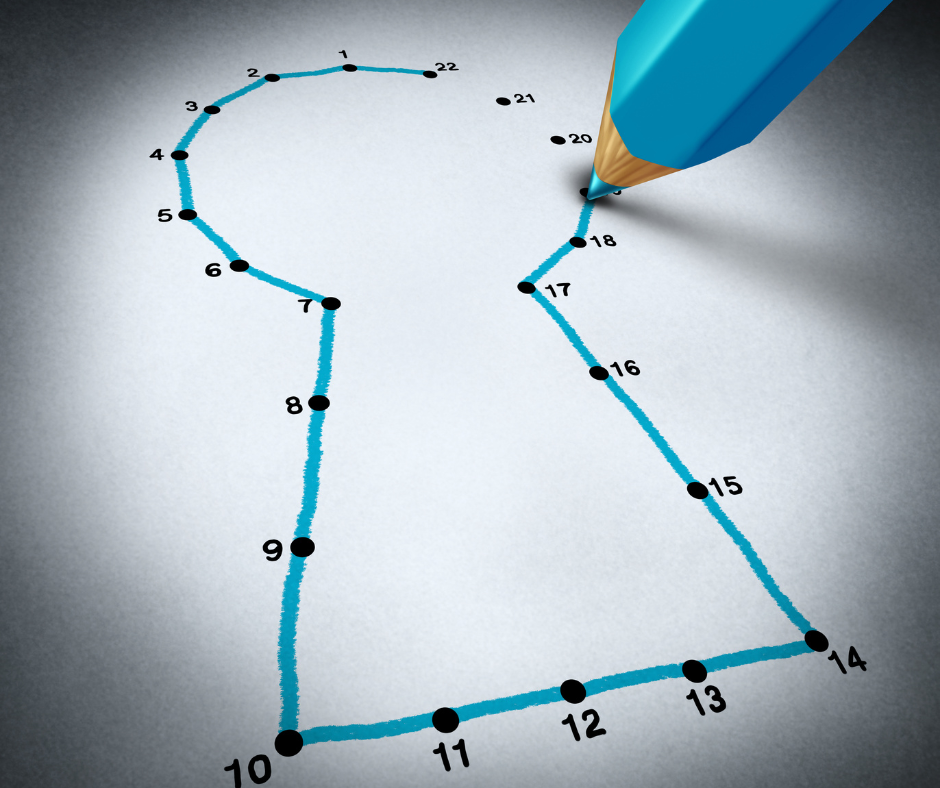We have connected many dots in the Understanding B6 Toxicity using Western Research Facebook group concerning inflammation, histamine, vasodilation, and healing.
First, we know now that damaged nerves release numerous proinflammatory mediators. The damaged tissue is responsible for our inflammation.
As per the article above, “Tissue injury results in the release of numerous proinflammatory mediators from the injured cell, mast, cell, leukocytes, and the nerve terminals. these substances include tachykinins, bradykinin, prostaglandins, serotonin, histamine, and well as the release of CGRP and substance P from the nerve endings. These proinflammatory mediators can directly activate the nociceptors, generate action potentials, or facilitate the firing of the nociceptors, resulting in peripheral sensitization and hyperalgesia. Activation of a free nerve ending can produce an axon reflex action, which causes the release of CGRP and substance P from adjacent-free endings of the same axon, resulting in the evoked release of additional proinflammatory mediators. This in turn can further excite adjacent nerve endings and thus propagate an expanding area of neurogenic inflammation, indicated by the erythematous flare response.”
Most of the above list are vasodilators. What does that mean? In most humans, a vasodilator means blood flow is being helped to the damaged tissue. If you have Small Fiber Polyneuropathy with autonomic damage including low blood volume, vasodilators are preventing blood flood to the damaged areas. Why? Less blood in a larger vessel means less blood getting to the area.
On top of this, we also know that histamine is an instigator in chronic inflammation as per this article below.
How do you solve this? If you have low blood volume the hack is to increase vasoconstrictors and not vasodilators. Water is a natural vasoconstrictor. In an emergency, our group also uses the lowest dose of Sudafed to create vasoconstriction. In the below article, you can see that hydration and phenylephrine (Sudafed PE) are used to battle vasodilation caused by histamine release during the use of pain meds and sedatives for surgery.
Other suggestions to increase blood flow from the work done with POTS patients are sodium chloride infusions, corticosteroids, vasoconstrictor medications, and selective serotonin reuptake inhibitors (SSRIs). The link below has the suggested list. Our group has not tried the Beta-Blockers; thus, at this point, we don’t recommend it.
In short, histamine creates vasodilation and inflammation. The amount of histamine that you are getting from your diet is minimal to the amount your body is producing.
What causes histamine release is:
- Damaged (in our case now healing nerves).
- External environmental forces like pollen and mold.
- Exercise.
- Fasting.
- Some probiotics.
- Massage.
- Caffeine.
- Fermented foods including Asian foods (soy sauce, fish sauce).
- Histamine liberators like shellfish and peanuts may actually contain little histamine but cause the body to release or liberate a lot of histamine at once.
Can you battle this much histamine? There are two ways that is known to stop histamine: steroids and antihistamines. The steroids will stop the immune response of damaged nerves releasing vasodilators for inflammation. Antihistamines block histamines from the histamine receptors. You will want to discuss both with your physician.
We now know that Rebound is healing nerves with the combination of a significant release of vasodilators. We also know that we need to battle this excess vasodilation to get our low blood volume flowing to the cells. Increasing blood flow and controlling histamine are two ways that can help us heal.

